The Namib Desert is the oldest desert on Earth, located in the Namib Naukluft Park, the fourth largest nature reserve in the world (49,768 sq. km) 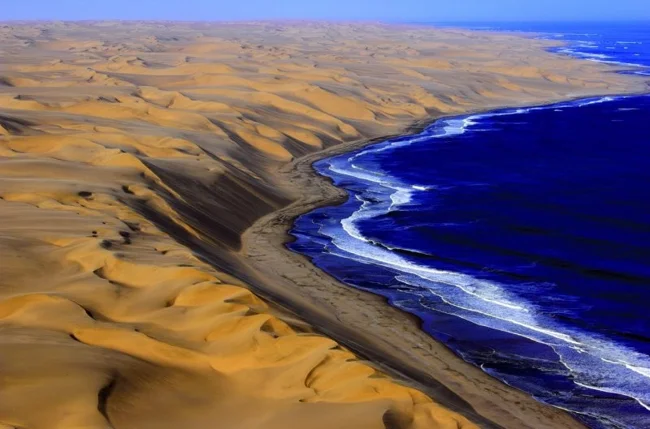
The name "Namib" in the Nama language means "a place where there is nothing."
The desert stretches 1,900 km along the Atlantic coast across Namibia to the mouth of the Olifants River in South Africa. From the ocean, the desert goes deep into the continent at a distance of 50 to 160 km to the foot of the inland plateau; in the south it connects with the southwestern part of the Kalahari. 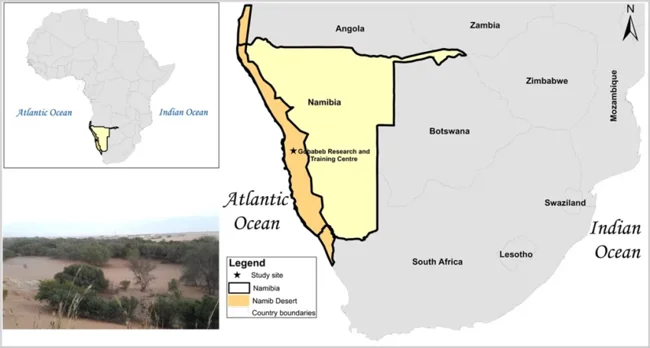
The desert area is marked in a darker color.
Desert nature
Desert conditions have existed here for 80 million years, that is, it was formed back in the time of dinosaurs.
As a result, several endemic species of plants and animals have arisen here, such as darkling beetles, which are adapted to life in the local extremely hostile climate and are not found anywhere else in the world. 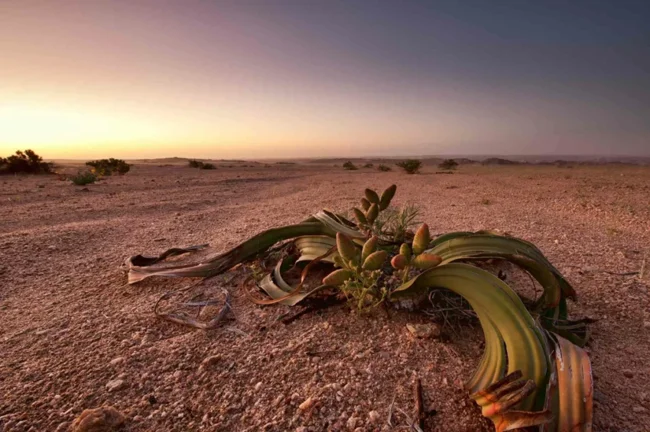
Velvichia
One of the most amazing local plants is tumboa, or Velvichia, which grows in the northern part of the desert. Velvichia grows only two giant leaves, which grow slowly throughout its life, which can last 1000 years or more, but nevertheless the leaves rarely exceed 3 meters in length. Welwitschia's roots extend up to 3 m into the ground. Welwitschia is known for its ability to grow in extremely dry conditions, using dew and fog as its main source of moisture. Welwitschia, endemic to the northern Namib, is featured on the Namibian national coat of arms.
Another characteristic desert plant is the kokerbom, or quiver tree, a succulent up to 7 m high. 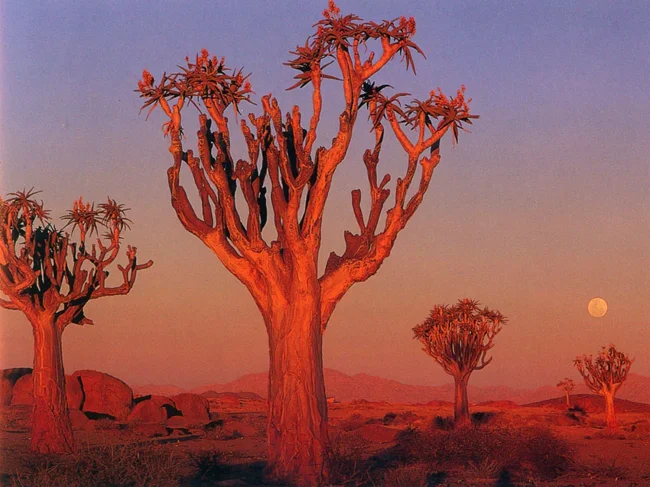
The depressions and dunes of the inland Namib provide shelter to several species of antelope such as gemsbok (oryx) and springbok, as well as ostriches and the occasional zebra. Elephants, rhinoceroses, lions, hyenas, and jackals are found in the north of the desert, especially in the river valleys that flow from the inland plateau to the Atlantic. The dunes of the outer Namib are home to some spiders, mosquitoes (mainly beetles and ants), and reptiles, especially geckos and snakes, but mammals are virtually absent. 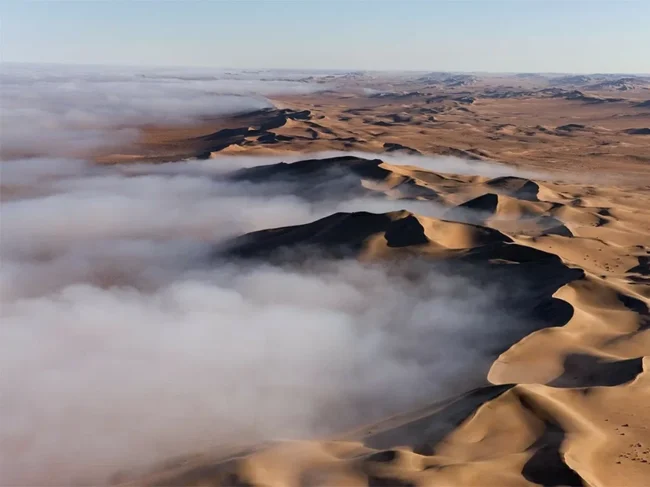
The waters of the Atlantic Ocean, washing the shores of the Namib, are extremely abundant in life; The desert coast attracts numerous seals, seabirds and even penguins, which, despite the African heat, nest on the deserted shores and coastal islands. 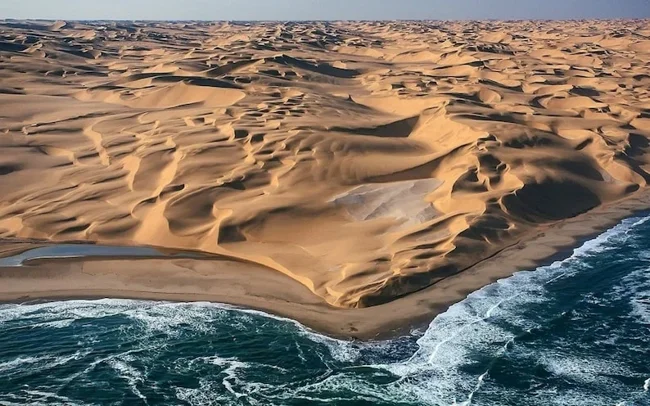
What to see and try
Climbing the world's tallest red and gray sand dunes at sunrise or sunset is an unforgettable experience, as the tops offer views of the wind's creations of rock formations, valleys and plains, while the rays of the sun turn the sand of the dunes into a huge variety of pinks, yellows and purples. tones 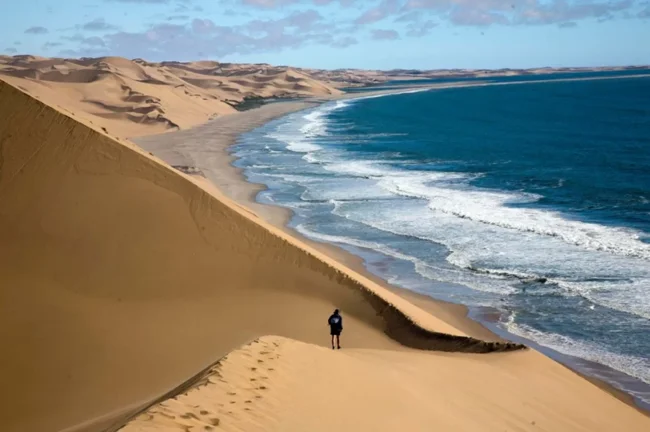
Climbing a dune 300 m high is a very difficult task, you may have to catch your breath several times. Standing on top of these dunes, you feel as if you have climbed onto the crest of one of thousands of sea waves.
During the rainy season, many birds come to the desert, and during the dry season, oryx, jumping gazelles and ostriches can be seen. Thanks to the fog that penetrates here from the Atlantic, many species of birds and animals live in this lifeless region. 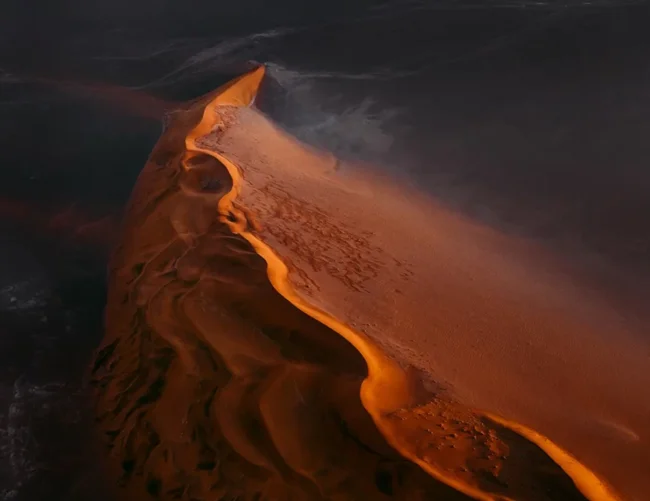
A night spent in a tent under an endless blanket of stars can be one of the most memorable of your entire stay in Africa.
0 comments
